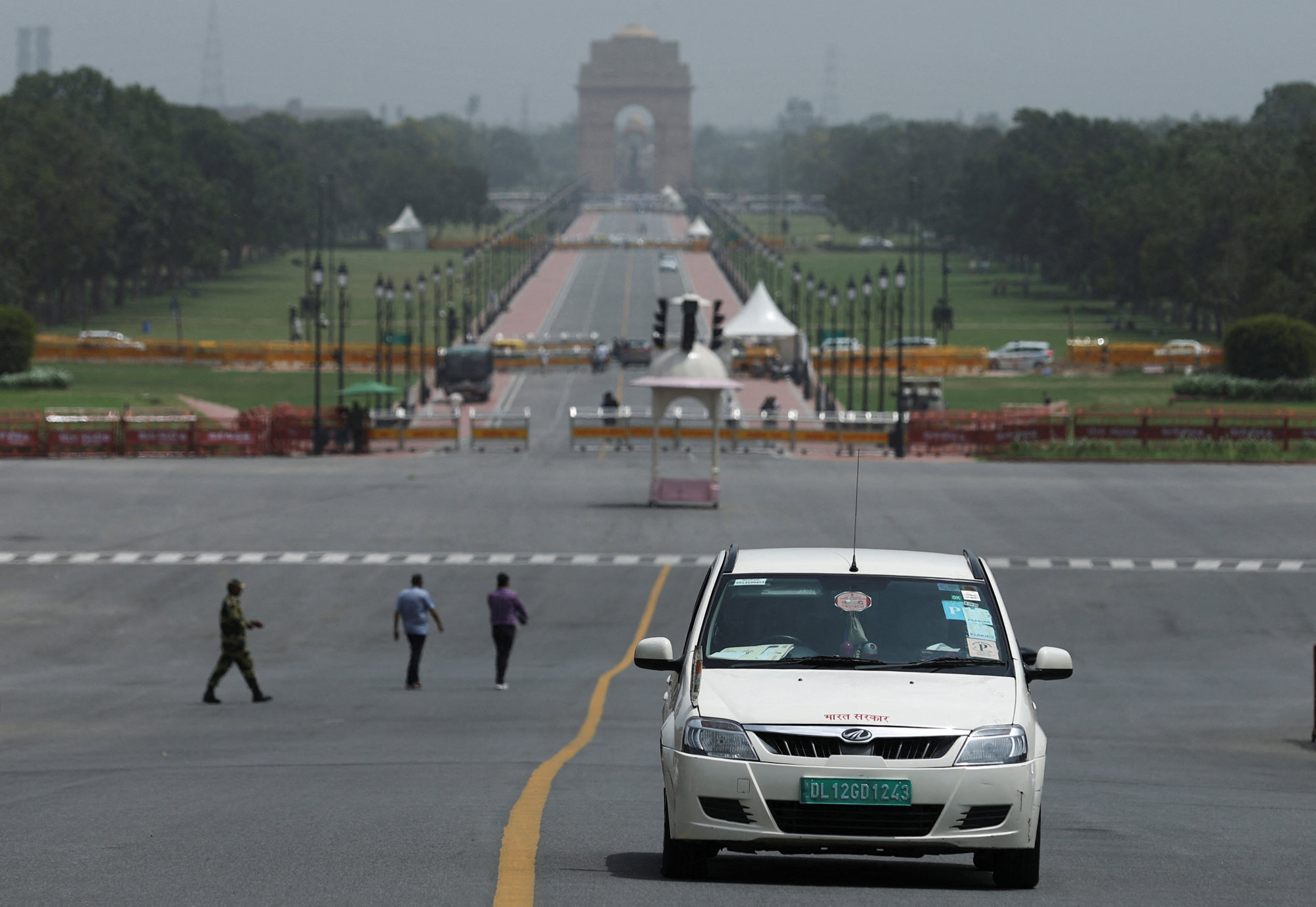
Asia-Pacific’s mineral exporters face bumpy ride amid China’s ‘sputtering demand’, property woes
- China’s woes do not bode well for Asian countries like Indonesia, the Philippines, Australia that export commodities like iron ore, bauxite and nickel
- China’s other sectors like electric vehicles and demand from India are likely to offset some impact, but exporters will have to seek newer markets, analysts say
“The real estate industry will probably take some time to recover. Consumer confidence is relatively low and the demand for housing will not re-bounce soon. Thus, the import demand for mineral commodities related to construction is likely to be reduced,” said Rose Xiaowei Luo, a professor of entrepreneurship and family enterprise at graduate business school INSEAD in France.

International rating agency Moody’s said the decision on Evergrande has increased the possibility of more cases of liquidation of distressed developers, which is likely to affect purchases by homebuyers.
Jon Mills, equity analyst at Sydney-based Morningstar, said the hardest impact of China’s property turmoil on commodities is likely to be on iron-ore, the key ingredient for making steel, because of the country’s dominance. China accounts for around 70 per cent of the global demand for seaborne iron ore trade.
According to the World Steel Association, China produced more than 1 billion metric tonnes of steel last year, unchanged from 2022. Its output was around seven times more than second-ranked India’s 140 million tonnes.
China’s property market slowdown has not affected iron ore demand immediately, and it is likely to be felt more in the longer term, Mills said.
“While Indian steel production is likely to rise materially over the next decade, it is still likely to be far below Chinese steel production, even if the latter starts to fall as China’s economy transitions to one that is more consumption-based.” India also has domestic reserves of iron ore, which will reduce its need to import, Mills added.
Rising steel production, however, is likely to “see Indian demand for seaborne met coal surpass that of China in coming years”, he said. Metallurgical coal is an essential fuel and reactant in steel blast furnaces.
China’s dominance of copper – for which it accounts for more than half of global demand – is also likely to remain unchallenged for a long time, even with Indian copper demand likely to rise materially, Mills said.
Australia’s Rio Tinto sees China driving iron ore demand; copper orders rise
A report by Australian bank ANZ last month said India’s copper demand will exceed 1.5 million tonnes in 2025, up by 40 per cent from 2022, which will place it just behind the US as the world’s third-largest consumer of copper.
China’s economy last year increased by 5.2 per cent on the year, and similarly finished the year with 5.2 per cent growth in the fourth quarter, according to government data.
The world’s second-largest economy has been slow to recover from three years of pandemic-related restrictions, and its manufacturing activity last month inched up from December, indicating a soft start.
Large shoes to fill
“India will take up some of the slack in demand growth. Its demand for commodities is slated to grow rapidly, supported by favourable demographics, urbanisation, the expansion of manufacturing and exports and the build-up of infrastructure,” the ANZ report said.
“This will, however, be off a low base,” it added.

The Indian government has announced production-linked incentives for a number of sectors from electric vehicles to mobile phones, to shore up its manufacturing sector and shift the economy’s reliance on the services sector.
“Our estimates suggest India could cover roughly half of the shortfall in Chinese demand, mostly in the energy sector. For steel and aluminium, the demand shortfall may be just too large to cover,” it added.
“The immense size of China’s commodity imports makes it difficult for India to fully make up for the shortfall in Chinese demand. China’s imports of construction metals from the rest of the region are almost three times that of India, and more than three times from the rest of the world,” he said.
China doesn’t want to rock the boat, but India trade tensions may continue
China has been taking steps to cushion the contraction in commercial real estate by accelerating public property investment, such as the government buying uncompleted commercial housing projects, Tan noted.
But he added that commodity exporters should look to diversify their markets.
“With sputtering demand from China, major construction metal exporters will have to tap into new markets where construction demand are still on the rise. In that regard, emerging economies with an ongoing process of industrialisation and urbanisation should present more opportunities,” he said.
The focus should be on those economies who need to upgrade their infrastructure for productivity gains and house more urban dwellers, he said. “For this reason, India and Indonesia clearly stand out within Asia.”


